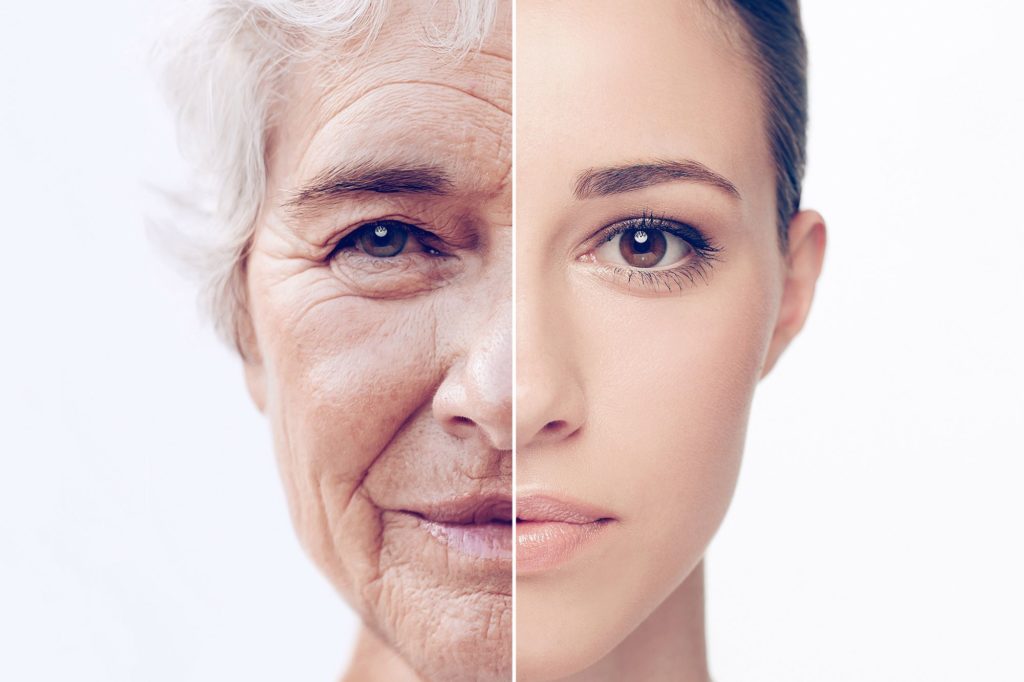When it comes to responsibilities at work, it is crucial to be as efficient and productive as possible – but such a thing is easier said than done. While it is entirely possible to put all of your focus on getting the job done, it can be all too easy to burn out from the effort. Maintaining a balance is crucial, and in a year where so many people are forced to work from home, it is harder than ever before to strike a balance between work, rest, and even play.

That said, if you are serious about prioritizing your health, it is all about maintaining the proper mindset. A lot of people think that maintaining a focus on work requires you to pull all-nighters or spend every waking moment considering responsibilities. However, such behavior can be counterproductive. Here are just a few ways to prioritize your health while simultaneously maintaining focus on work.
Managing your work efficiently
The advantage of prioritizing your health is the fact that everything else falls into place provided you take the necessary steps. For example, those who are working from home would do well to set a schedule similar to working in the office. Setting aside enough hours to work while strategically placing break times to make the most of your energy is a good start for anyone working from home.
It would also be a good idea to set aside any potential distractions by decluttering the room or workspace so you can focus fully on the task at hand.
On the topic of home responsibilities
Having responsibilities at home can be challenging, especially if you are already dealing with work. All the more reason to work on an efficient schedule that provides you enough time to get the job done while providing time and effort toward your responsibilities at home. Let the family know of your working hours so you can finish the job as soon as you can.
Focus on having as much fun as you can in your free time
Making the most out of your off-hours is not necessarily about physical well-being, but your emotional and mental state as well. If you allow too little time to do the things you want to do, it will only be a matter of time before you burn out.
A good tip would be to make use of products that help make it easier to work or rest. For example, a hot cup of tea at just the right time can make all the difference. You can even experiment and purchase edibles online, provided you do your research, and pace yourself, edibles are an excellent way to calm frayed nerves.
Aside from the tips above, it would also be a good idea to get a bit of exercise to help motivate you for the rest of the day. Something as simple as taking the time to do chores as a form of exercise will trigger a dopamine response and put you in a good mood throughout the day!








